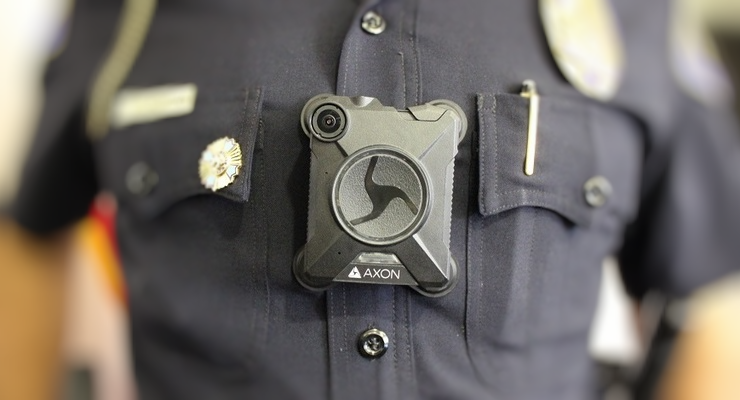
NASA’s Cassini spacecraft has had its last close brush with Saturn’s hazy moon Titan and is now beginning its final set of 22 orbits around the ringed planet.
The spacecraft made its 127th and final close approach to Titan on April 21 at 11:08 p.m. PDT (2:08 a.m. EDT on April 22), passing at an altitude of about 608 miles (979 kilometers) above the moon’s surface.
Cassini transmitted its images and other data to Earth following the encounter. Scientists with Cassini’s radar investigation will be looking this week at their final set of new radar images of the hydrocarbon seas and lakes that spread across Titan’s north polar region. The planned imaging coverage includes a region previously seen by Cassini’s imaging cameras, but not by radar. The radar team also plans to use the new data to probe the depths and compositions of some of Titan’s small lakes for the first (and last) time, and look for further evidence of the evolving feature researchers have dubbed the “magic island.”
“Cassini’s up-close exploration of Titan is now behind us, but the rich volume of data the spacecraft has collected will fuel scientific study for decades to come,” said Linda Spilker, the mission’s project scientist at NASA’s Jet Propulsion Laboratory in Pasadena, California.
Gateway to the Grand Finale
The flyby also put Cassini on course for its dramatic last act, known as the Grand Finale. As the spacecraft passed over Titan, the moon’s gravity bent its path, reshaping the robotic probe’s orbit slightly so that instead of passing just outside Saturn’s main rings, Cassini will begin a series of 22 dives between the rings and the planet on April 26. The mission will conclude with a science-rich plunge into Saturn’s atmosphere on Sept. 15.
“With this flyby we’re committed to the Grand Finale,” said Earl Maize, Cassini project manager at JPL. “The spacecraft is now on a ballistic path, so that even if we were to forgo future small course adjustments using thrusters, we would still enter Saturn’s atmosphere on Sept. 15 no matter what.”
Cassini received a large increase in velocity of approximately 1,925 mph (precisely 860.5 meters per second) with respect to Saturn from the close encounter with Titan.
After buzzing Titan, Cassini coasted onward, reaching the farthest point in its orbital path around Saturn at 8:46 p.m. PDT (11:46 p.m. EDT) on April 22. This point, called apoapse, is where each new Cassini lap around Saturn begins. Technically, Cassini began its Grand Finale orbits at this time, but since the excitement of the finale begins in earnest on April 26 with the first ultra-close dive past Saturn, the mission is celebrating the latter milestone as the formal beginning of the finale.
The spacecraft’s first finale dive will take place on April 26 at 2 a.m. PDT. The spacecraft will be out of contact during the dive and for about a day afterward while it makes science observations from close to the planet. The earliest time Cassini is scheduled to make radio contact with Earth is 12:05 a.m. PDT on April 27. Images and other data are expected to begin flowing in shortly after communication is established.
A new narrated, 360-degree animated video gives viewers a sense of what it might be like to fly alongside Cassini as it makes one of its Grand Finale dives.
More information about Cassini’s Grand Finale, including image and video resources, is available at:
https://saturn.jpl.nasa.gov/grandfinale
More information about Cassini’s final Titan flyby is available at:
The Cassini-Huygens mission is a cooperative project of NASA, ESA (European Space Agency) and the Italian Space Agency. Jet Propulsion Laboratory manages the mission for NASA’s Science Mission Directorate, Washington. JPL designed, developed and assembled the Cassini orbiter.
More information about the Cassini mission:













 0 comments
0 comments


